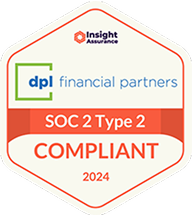Back to Press homepage
How to Craft 'Super Roths' for Wealthy Clients
Michael Finke
March 16, 2022
In The News

The historical split in advisor identity between insurance agents and investment advisors, arising from differences in regulation and compensation, created a wedge that often obscures the benefits of cash value life insurance as a product structure. These benefits can be significant for high-net-worth clients who have exhausted tax-sheltered savings opportunities and expect to transfer a large share of wealth to others.
Read more about
In The News
Press Release


